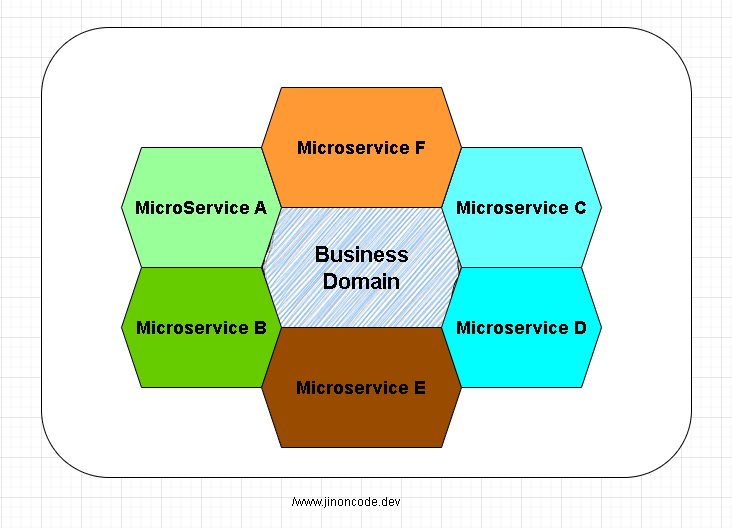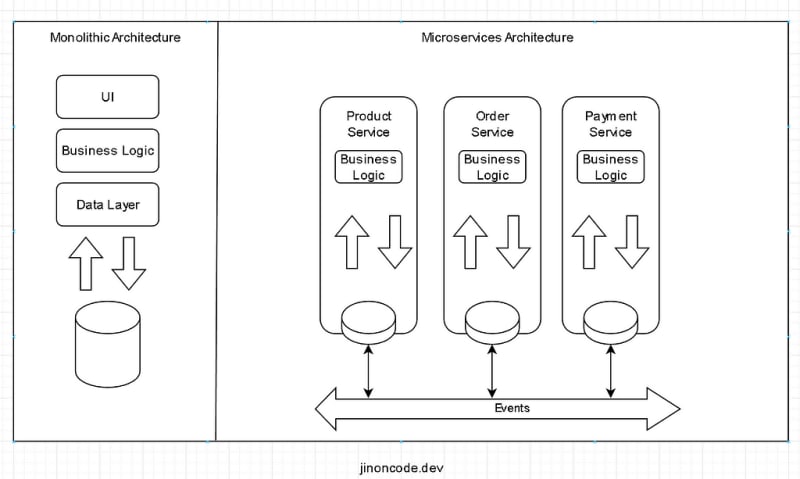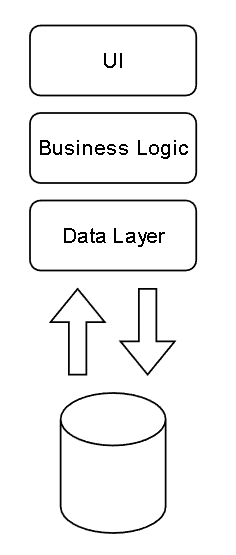Understanding the Business Domain in Programming, Microservices, and .NET

Jin Vincent Necesario
Posted on November 27, 2023
Understanding the Business Domain in Programming, Microservices, and .NET
Let’s understand the business domain with programming, microservices, and .net.
Introduction
In the world of software development, especially in the context of programming, microservices, and .NET, the concept of the business domain plays a vital role in forming the architecture and design of applications.
Let’s explore the business domain, its significance, and how it fits into different architectural paradigms.
What is the Business Domain?
The software application can be designed and developed for a specific area or industry representing the business domain.
Moreover, the business domain encapsulates the rules, processes, and logic defining a business’s operations.
Examples are customer interactions, order processing, inventory management, and financial transactions.
In programming, understanding the business domain is essential for creating software that accurately models and supports a business’s real-world processes and requirements.
It involves collaborating closely with domain experts, typically individuals who deeply understand the business, processes, and complexities.
Within the context of microservices, these small collections of services are modeled around a business domain within microservices.
Business Domain in Microservices Architecture
Having a collection of loosely coupled, independently deployable microservices helps organization structure their application within their network and helps them to communicate.
As a result, they are a form of distributed system.
Each microservice is responsible for a well-defined set of functionalities within the business domain.
For example, in an e-commerce application, you might have microservices for handling product catalogs, order processing, payment, and user authentication.
This type of architecture allows teams to work on different system parts independently, focusing on their specific business domain expertise.
Business Domain in .NET Programming
In the .NET ecosystem, Developers portray the business domain inside an application’s business logic, which includes the rules and workflows that define how data is processed and manipulated to meet business requirements.
In a traditional three-tier architecture, the business layer is where this logic resides. The business layer in a three-tier application separates the presentation layer (user interface) from the data access layer (database interactions).
It is responsible for processing and applying business rules to the data received from the presentation layer before passing it to the data access layer for storage or retrieval.
Clean Architecture and the Business Domain
Clean Architecture is an architectural style that promotes the separation of concerns and the independence of the business logic from external problems like databases and frameworks.
In Clean Architecture, the business domain is at the system’s core, surrounded by layers representing different concerns.
Entities and Use Cases
In the innermost layer of Clean Architecture, you find entities representing the core business objects and use cases describing the application-specific workflows. This is where the actual business logic resides.
Interface Adapters
Moving outward, you have interface adapters that convert data between the external world (user interfaces or external services) and the business logic. These adapters translate the details of the external world into a format that the business logic can understand and vice versa.
Frameworks and Drivers
The outermost layer deals with frameworks and tools like databases, web frameworks, and external services. Clean Architecture should separate these concerns from the business domain to ensure flexibility and maintainability.
Clarifying the Concepts
Business Layer in Three-Tier Architecture
The business layer in a three-tier application is where the business logic is traditionally placed.
It handles the processing of data before it is persisted or retrieved.
Business Domain in Microservices
Each microservice represents a specific business capability or domain in a microservices architecture.
The business domain is distributed across these microservices, allowing for better scalability and maintainability.
Clean Architecture Equivalent
In Clean Architecture, the business domain is represented by the innermost layer, consisting of entities and use cases.
This is where the core business logic resides, independent of external concerns.
Summary
Understanding the business domain is critical in designing effective software solutions.
Whether you are working with microservices, traditional three-tier architectures, or Clean Architecture, keeping the business domain at the forefront ensures that your software aligns with the real-world requirements of the business it serves.
References
Here are some things I have read and watched to produce this content. Please watch and read them, too. Thanks.
- Microservices: Design Patterns Online Class | LinkedIn Learning, formerly Lynda.com
- Monolith to Microservices
This information or code or software is provided for informational purposes only. It should not be considered as professional coding or legal advice. Not all code or information provided may be accurate or suitable for your specific project. Consult a software development expert or legal professional before making any significant coding or legal decisions.

Posted on November 27, 2023
Join Our Newsletter. No Spam, Only the good stuff.
Sign up to receive the latest update from our blog.
Related
November 27, 2023



